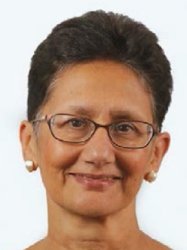BibTex format
@article{Yeo:2020:10.1111/apa.15495,
author = {Yeo, KT and Oei, JL and De, Luca D and Schmölzer, GM and Guaran, R and Palasanthiran, P and Kumar, K and Buonocore, G and Cheong, J and Owen, LS and Kusuda, S and James, J and Lim, G and Sharma, A and Uthaya, S and Gale, C and Whittaker, E and Battersby, C and Modi, N and Norman, M and Naver, L and Giannoni, E and Diambomba, Y and Shah, PS and Gagliardi, L and Harrison, M and Pillay, S and Alburaey, A and Yuan, Y and Zhang, H},
doi = {10.1111/apa.15495},
journal = {Acta Paediatrica: Nurturing the Child},
pages = {2192--2207},
title = {Review of guidelines and recommendations from 17 countries highlights the challenges that clinicians face caring for neonates born to mothers with COVID-19.},
url = {http://dx.doi.org/10.1111/apa.15495},
volume = {109},
year = {2020}
}

